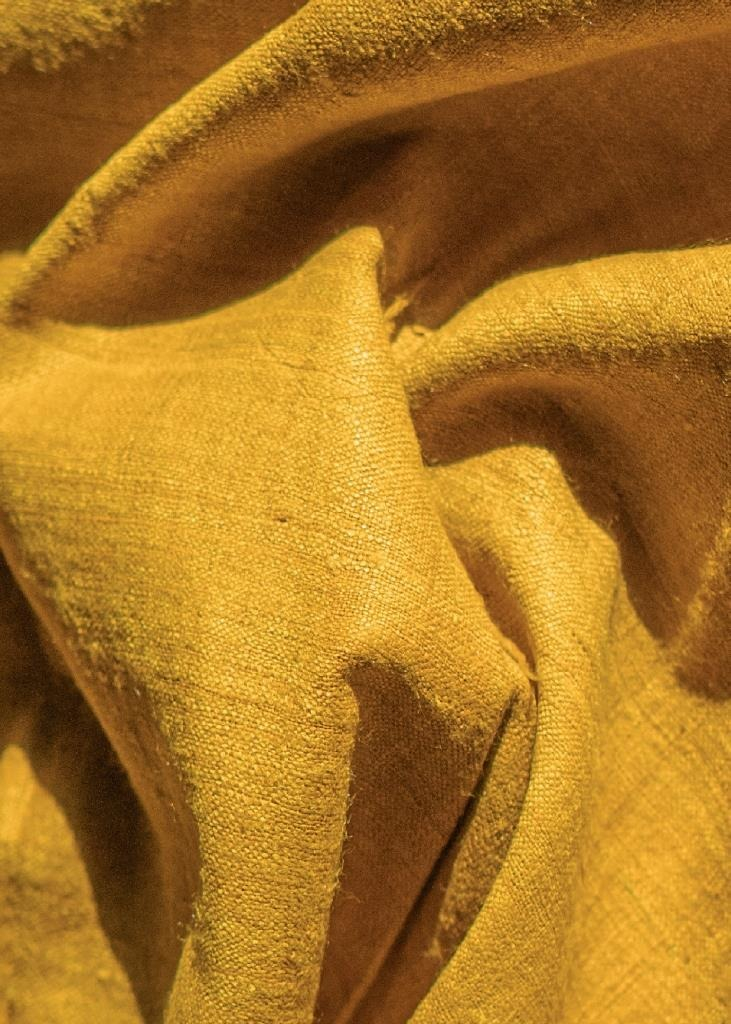
Introduction:
Turmeric, scientifically known as Curcuma longa, is a perennial plant native to South Asia. In the context of natural dyes, turmeric is one of the most ancient and widely used coloring agents, revered for its vivid golden yellow hue. The use of turmeric as a dye dates back thousands of years, traditionally used to color fabrics for religious and ceremonial purposes in India. Its ability to provide a bright and striking color, combined with its natural antiseptic properties, makes it an ideal candidate for handloom and natural dye industries. In the North-East, where sustainable and eco-friendly textile practices are thriving, turmeric dye is increasingly popular for its organic and environmentally conscious properties.
Description:
Turmeric dye is extracted from the rhizome of the turmeric plant, a member of the ginger family. The rhizomes are harvested, dried, and ground into a fine powder that is then mixed with water to form a paste. This paste, when applied to natural fibers such as cotton, silk, and wool, imparts a bright golden-yellow color. However, one of the unique characteristics of turmeric dye is its sensitivity to pH levels. This means that by adjusting the pH of the dye bath with acidic or alkaline substances, artisans can achieve a range of shades, from vibrant yellows to deeper, earthier tones.
One challenge with turmeric dye is its relatively low colorfastness, especially when exposed to direct sunlight or alkaline conditions. To overcome this, artisans often employ mordants—substances that bind the dye to the fiber and improve its color retention. Common mordants used with turmeric include alum, iron, and tannin, each of which can also slightly alter the final color. Alum, for example, tends to preserve the bright yellow hue, while iron can create more muted, greenish-yellow tones.
In Assam and other North-Eastern states, turmeric dyeing is often performed using traditional handloom techniques. The dyeing process typically involves submerging the fabric into a large vat of turmeric dye, ensuring that the color saturates the fibers evenly. Once dyed, the fabric is hung to dry in the shade to prevent color fading. Some weavers may combine turmeric with other natural dyes, such as indigo or onion skin, to create more complex color variations.
Turmeric dye is more than just a colorant—it also carries cultural significance. In Assam, for instance, turmeric-dyed fabrics are often associated with religious ceremonies and auspicious occasions. The golden yellow symbolizes purity, prosperity, and the sanctity of life. Furthermore, as an eco-friendly dye, turmeric is a part of the larger movement towards sustainable fashion. Artisans in North-East India who use turmeric and other natural dyes contribute to the preservation of traditional craft practices while promoting environmentally conscious textile production. The rise of turmeric dye in the modern handloom industry is a testament to the enduring appeal of natural materials in the fashion world.